Rare colour photos of Paris from almost a century ago
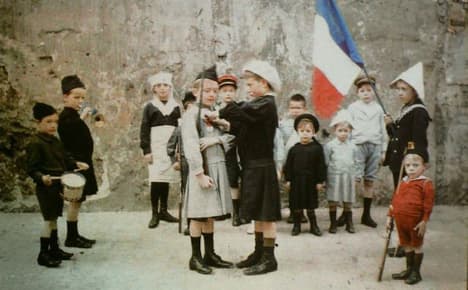
Take a walk back through time and see how Paris looked - in colour - in 1923, thanks to a series of photos taken by Jules Gervais-Courtellemont.
Photographer Jules Gervais-Courtellemont mastered the technique of taking colour photographs using Autochrome, an early process patented some 20 years early by France's own Lumière brothers.
The Frenchman, who worked for National Geographic, captured these snaps of the City of Light almost 100 years ago, showing a somewhat familiar Paris as well as some fantastic fashion from the 20s.
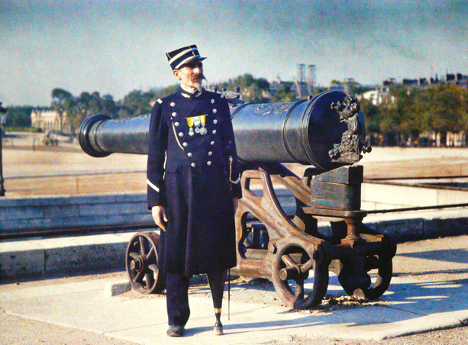
 A marketplace fills the street.
A marketplace fills the street.
 Paris' Grand Palais
Paris' Grand Palais
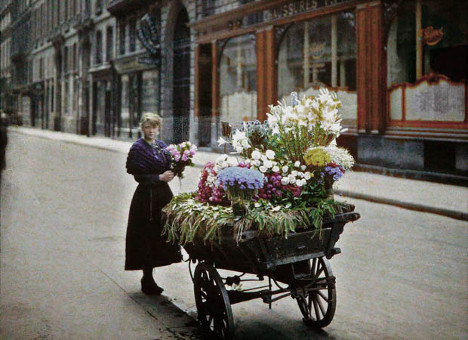
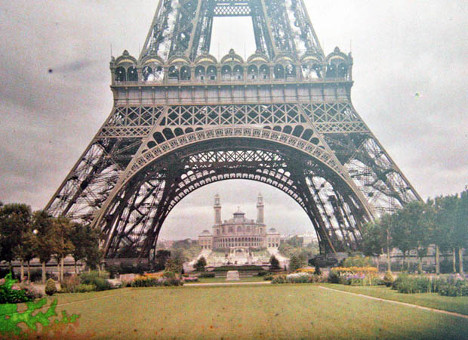 The Eiffel Tower
The Eiffel Tower
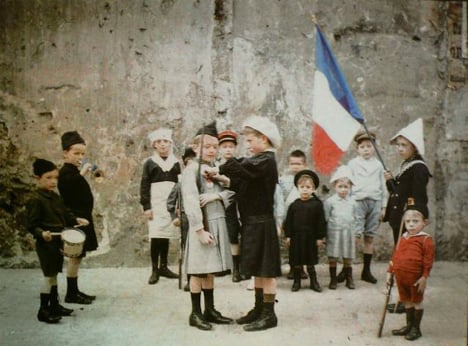 Children play on the streets
Children play on the streets
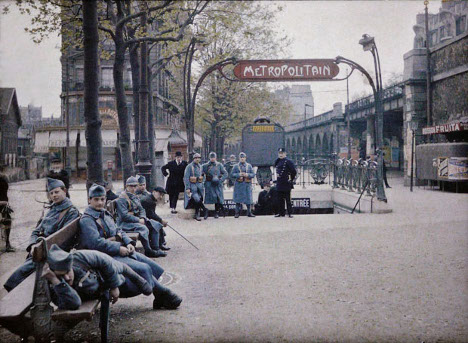 Guards take a break outside a Metro station
Guards take a break outside a Metro station
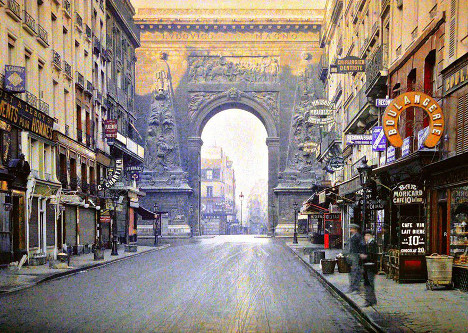 A street view of the Porte Saint Denis
A street view of the Porte Saint Denis
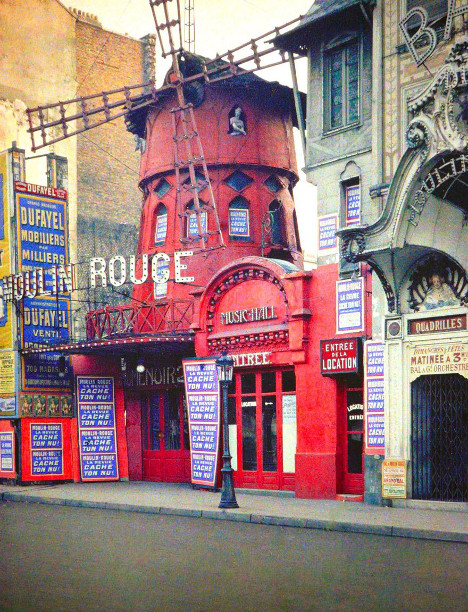 The Moulin Rouge at Montmartre
All images: Jules Gervais-Courtellemont
The Moulin Rouge at Montmartre
All images: Jules Gervais-Courtellemont
Comments
See Also
Photographer Jules Gervais-Courtellemont mastered the technique of taking colour photographs using Autochrome, an early process patented some 20 years early by France's own Lumière brothers.
The Frenchman, who worked for National Geographic, captured these snaps of the City of Light almost 100 years ago, showing a somewhat familiar Paris as well as some fantastic fashion from the 20s.

 A marketplace fills the street.
A marketplace fills the street.  Paris' Grand Palais
Paris' Grand Palais
 The Eiffel Tower
The Eiffel Tower Children play on the streets
Children play on the streets Guards take a break outside a Metro station
Guards take a break outside a Metro station A street view of the Porte Saint Denis
A street view of the Porte Saint Denis The Moulin Rouge at Montmartre
The Moulin Rouge at Montmartre
All images: Jules Gervais-Courtellemont
Join the conversation in our comments section below. Share your own views and experience and if you have a question or suggestion for our journalists then email us at [email protected].
Please keep comments civil, constructive and on topic – and make sure to read our terms of use before getting involved.
Please log in here to leave a comment.